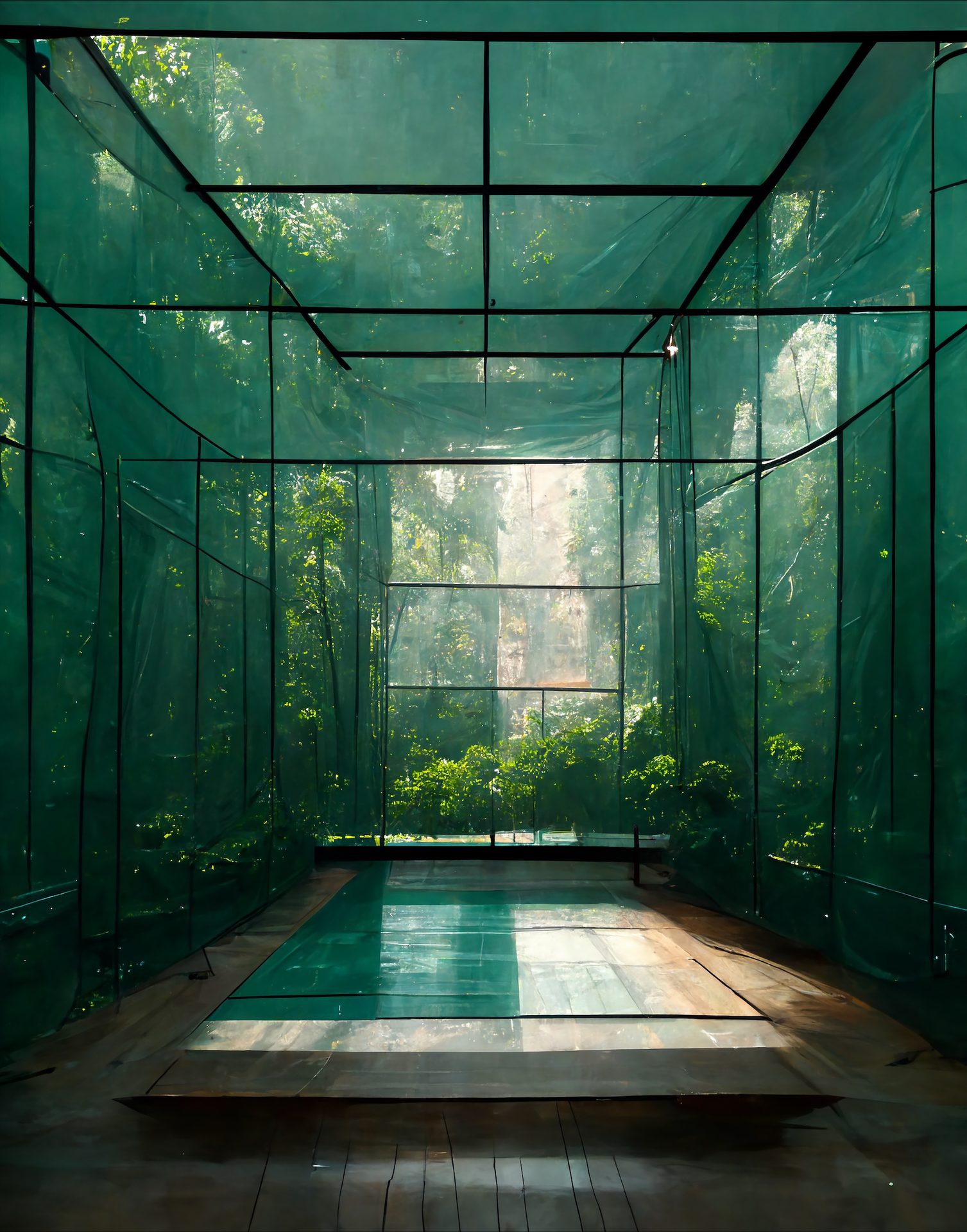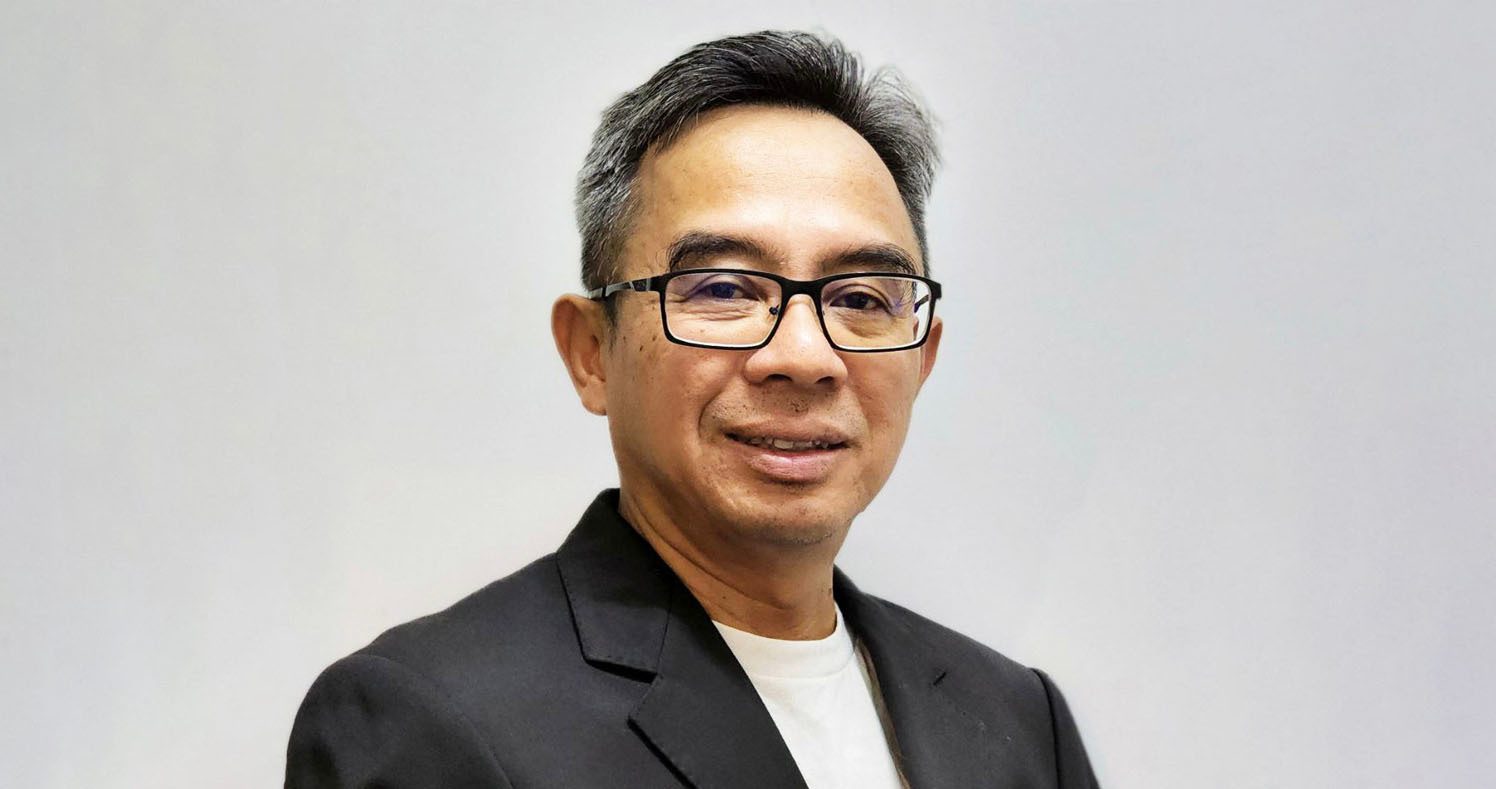Racing Toward
the Future
Industrial design students create interior and exterior EV concepts in College’s first automotive design studio
by Rebeca Hawley • December 14, 2022
University of Houston students competed this fall to design the next generation of luxury electric vehicles as part of their coursework at the Gerald D. Hines College of Architecture and Design.
Mark Kimbrough and Jeff Feng, co-directors of the industrial design program, offered students enrolled in junior- and senior-level classes the opportunity to participate in the design competition while still gaining class credit. Seniors, who designed the vehicle exteriors, paired up with juniors, who created the interiors, to form eight teams.
“Through our program, students in the past have designed other modes of transportation, such as bicycles and electric scooters, but we’ve never done a car,” said Kimbrough, instructional associate professor of industrial design.
“The timing for this project is amazing, because the electric vehicle industry is moving to Texas. This is an opportunity to position our design program and be ready for the industry.”
The competition was made possible through the sponsors Photon Auto, TexPower EV Technologies, and IQP (Integrated Quantum Photonics). Photon Auto, based in Houston, is developing a new electric vehicle with a range of 500+ miles and is equipped with lidar systems, which send pulses of laser light to determine the presence, shape and distance of objects, and advanced crash prevention systems.
TexPower develops cobalt-free high-energy cathode materials for lithium-based batteries for premium electric vehicle markets and special applications. Additionally, it is working on a new 350-watt hour per kilogram battery to power Photon Auto electric vehicles.
IQP has invented and patented a new type of photonic sensor with aims to transform the industry and make electric vehicles safer.

ABOVE: The junior and senior Industrial Design Studios with their faculty and sponsors (photo courtesy of Big Oak Tree Media)
Top to bottom: The Junior and Senior Industrial Design Studios with their faculty and sponsors (photo courtesy of big oak tree media); an exterior rendering the photon vision by pedro sandoval, the first place exterior design winner; a look at the interior concept for the photon vision by winners Khanh vu and Thomas Feuillet; the photon vindur exterior design by runner-up Josh Lu
“The competition challenged student designers to think critically about how to respond to rapidly advancing electric vehicle technologies, which revolutionize the concept of driving,” said John Houghtaling, CEO of Photon Auto.
Students were judged based on innovation, originality, quality of aesthetics, and quality of execution. Scaled 3D printed models of the exterior designs on display served as study models for judges to understand the form of the design. A more detailed look at the vehicle exteriors was provided through large, high-resolution digital renderings. Interior designs were also presented through digital renderings.
At a December 5th exhibition event at the Hines College’s Mashburn Gallery, the competition’s sponsors judged the work of each team and announced Pedro Sandoval as the first-place EV exterior design winner and Josh Lu as the runner-up for EV exterior design. Khanh Vu and Thomas Feuillet were chosen as the EV interior design winning team. All four students receive a monetary prize and internship opportunity with Photon Auto.
The event was also notably attended by indiGO Auto Group, a luxury vehicle dealership in Houston, and Evolve, a non-profit promoting electric transportation in Greater Houston.
Fostering Human Connection
Senior Ethan Hunter and junior Danny Blacker designed a sedan that offers a throwback to the Delorean – aggressive, sturdy, and sleek.
“It’s still very early in the life of electric vehicles,” Hunter said. “Electric vehicle design is still pretty open to interpretation, and you can try new things. For example, traditional gasoline-powered vehicles have a giant engine in the front; therefore, there is a need for a grill. With electric vehicles, the motors are small, so you can keep them down low in the car.”
Smaller motors present numerous possibilities from a design standpoint. The extra room in front could be converted into storage space, which is what Hunter and Blacker decided to do. They also used the additional space to foster human connection in the vehicle.
“We’ve attempted to minimize, or even hide, screens and other distractions that would take away from interaction with other passengers,” Blacker said. “In addition, we’re using a lot of wood, metal accents, and wide-open views to connect with the world inside and outside the vehicle. We’ve prepared for when autonomous driving becomes more prevalent by allowing the front passengers to pivot their chairs toward each other while in motion to enhance connection.”
The project ultimately diversifies the students’ portfolio as they add the experience to the skills they acquired through UH’s industrial design program.
“I’ve always had the desire to solve problems around me, but for the longest time, I never knew how that equated to a profession in the ‘real world,’” Blacker added. “Once I learned about industrial design and not only the breadth of problems industrial designers solve but how they were solving them, I just knew it was a community that I had to be a part of. That intersection between engineering and art is a rewarding and beautiful place to be.”
Immersing Before Innovating
Kimbrough and Feng wanted the project to be as immersive as possible for students, so to inspire them, they visited indiGO Auto Group’s Houston dealership, where students familiarized themselves with the exterior and interior of luxury vehicles like Lamborghini, McLaren, and Bentley.
“The representatives gave us very detailed introductions to the exteriors and interiors,” Feng said. “Through that exposure, students gained understanding and experience. Sometimes they have to touch the controls, feel the seat and examine the shapes and details, so they have an idea of what to create.”
The students’ designs may become real-life cars one day, depending on the interest of the sponsoring companies.
“The high-quality work from this project will enhance students’ competitiveness,” Feng said. “This will give them an extra edge against other recent industrial design students.”
Charged Up
Classic cars from the 60's, like the Ferrari 250GTO and Jaguar E-Type, inspired first-place EV Exterior design winner Pedro Sandoval's Photon Vision. "Just the way light bounces off those beautiful curved surfaces is brilliant. I wanted that car to be very organic, and I looked at how the water was just so soft, smooth and flowing," he added.
Sandoval feels this was "icing on the cake" having also won a prize for his Blum chair. "Beyond that, I think this is a great internship opportunity as it is a brand new startup. I can't wait to see what the future holds."
Exterior EV Design runner-up Josh Lu tried to be as thoughtful as he could with every design decision aimed at fostering family connection on road trips. He shared, "Vindur aims not only to connect the occupants to one another, but also to the grand natural vistas outside their vehicle."
Like Sandoval, Lu is excited to help build a brand. He expressed, "I am incredibly thankful to both the Photon Auto team and the UH faculty for all the support and recognition this project received. The prospect of being able to help define the brand of a future facing company is very exciting!"
Left to right: Thomas Feuillet (left) and Khanh Vu (right) speak to John Houghtaling, CEO of Photon Auto, about their interior concept; Josh Lu poses with the vintur interior concept designers beside their 3D model and presentation poster; Pedro Sandoval with Houghtaling
Aiming to keep user experience in mind, the winning team for Interior EV Design, Khanh Vu and Thomas Feuillet, wanted things to feel fresh and smooth. The pair looked to cave architecture and luxury yacht designs to guide their process.
"We wanted users to experience a feeling where the space flows seamlessly around them without sacrificing the luxury aspect," said Vu. Not only did he truly enjoy working on the project, Vu added, "I’m excited to tell my family about my accomplishment who live overseas."
With feelings of gratitude, Feuillet said, "I am extremely proud of our group for achieving such a high degree of fidelity, not only with the model and the renderings, but with the idea as a whole. It makes me really proud to be part of the team with Khanh and Pedro and as a part of the UH ID program. I would never be able to achieve such a milestone without the skills and ideas introduced to me by faculty. I am so excited to explore this opportunity because car design is truly the dream, and to live it is something I will forever be grateful for." —Nicholas Nguyen
More College of Architecture and Design Stories

A conversation with Andrew Kudless exploring AI and design education

"The university life at the Hines College prepared me to apply architecture broadly while emphasizing design projects. I am proud to be part of the technical team in constructing the PETRONAS Twin Towers."

Industrial design student Pedro Sandoval awarded inaugural 2022 John Conrad Student Pinnacle Award for “Blum” chair design from the International Society of Furniture and Design





